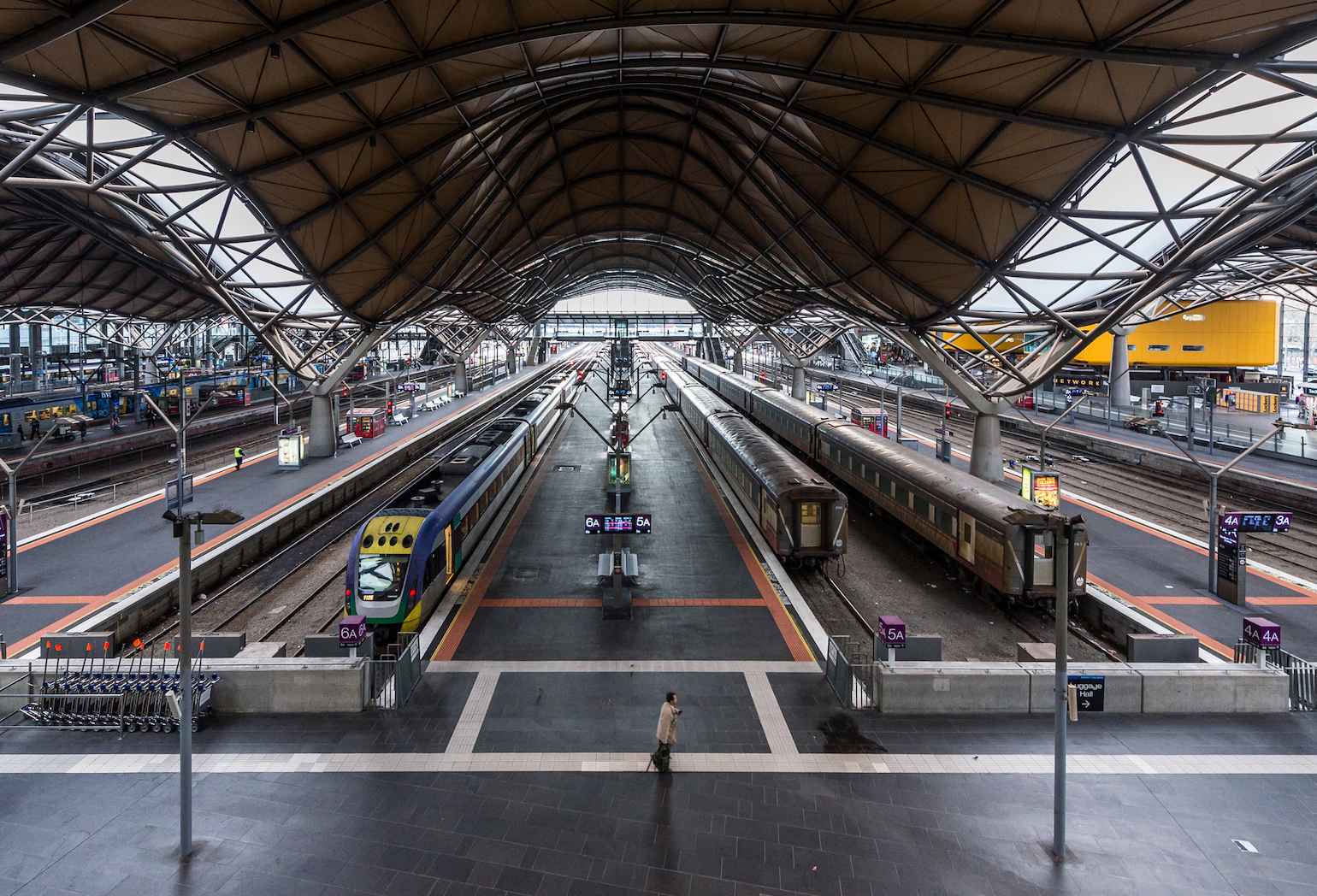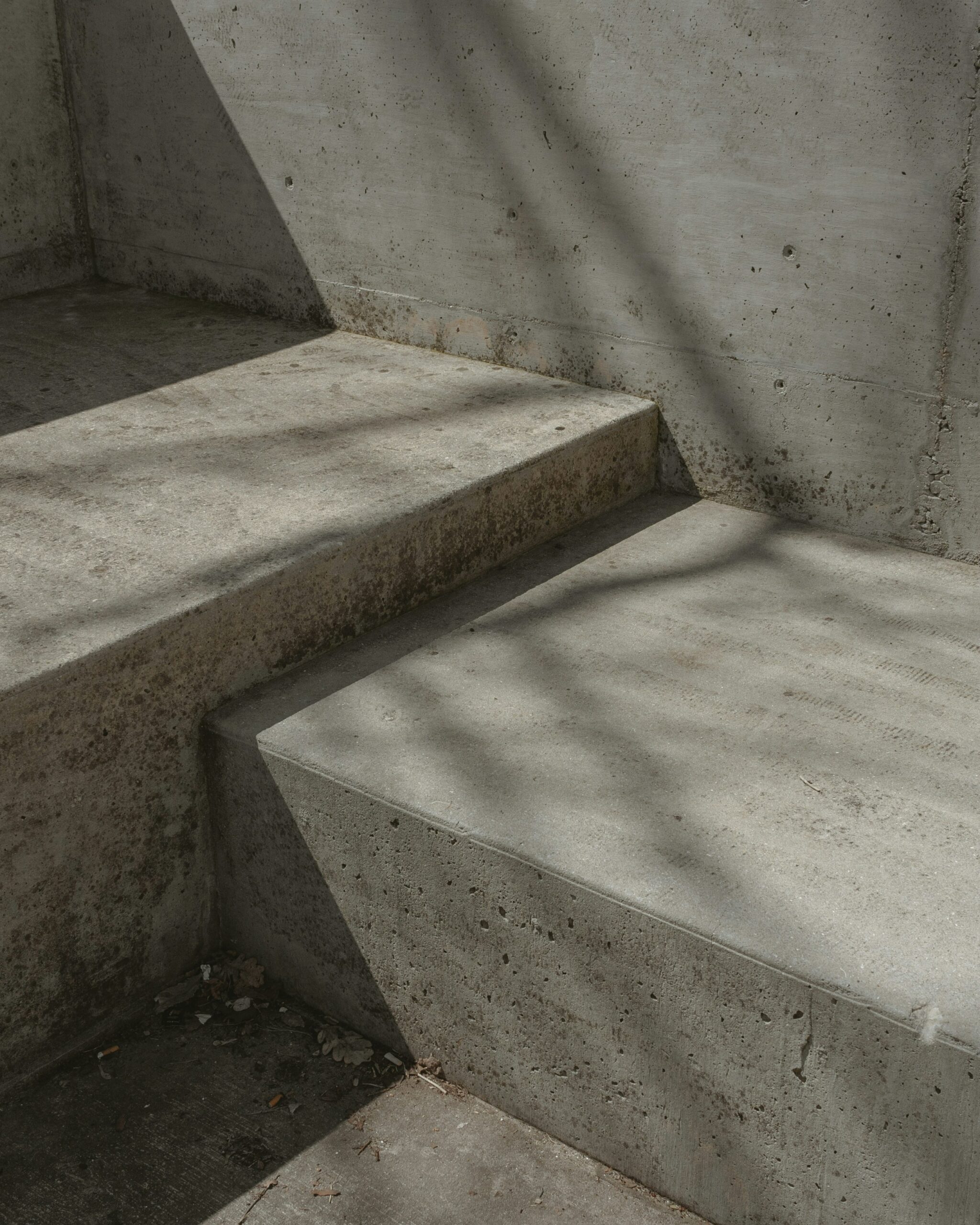Innovations in Sustainable Railway Construction: Reducing the Environmental Impact of Rail Transportation
As the world transitions to green energy, sustainable infrastructure is becoming increasingly essential. Railway transportation, in particular, is a major contributor to carbon dioxide emissions. So finding ways to reduce its environmental impact has become more important than ever.
As a result, engineers worldwide are coming up with new ways to build efficient and good railways for the environment. To give you an insight into this topic, we’ll explore some of the most interesting innovations in sustainable railway construction. So, let’s take a look.

Innovations in Sustainable Railway Construction
Sustainable railway construction innovations aim to reduce the environmental impact of rail transportation. Because of this, the industry is looking for new and different ways to help meet its goals for environmental sustainability.
Below are some of the most promising innovations in sustainable railway construction:
Automated Systems to Monitor Train Traffic and Reduce Emissions
Today’s railway systems increasingly use automated technologies, offering new possibilities. For example, it can help monitor train traffic and make it easier to track and also in reducing the carbon footprint of high-range rail equipment. As a result, railways can take important steps towards preserving our planet by ensuring that the release of pollutants is kept to a minimum.
Plus, automating the monitoring of fuel consumption allows them to save money on wasted resources – a real win-win situation.
Use of Renewable Energy Sources for Powering Trains
Using renewable energy sources to power our trains is a great way to reduce emissions and help tackle the climate crisis. Who would have thought to use solar, wind, and hydroelectricity to travel around?
We could never thank these railway systems enough for introducing these energy sources as an alternative. Not only does it lessen the number of pollutants entering our atmosphere, but it also has a massive positive impact on our environment. Now that’s something we can all celebrate.
Recyclable Materials for Building Tracks and Structures
It’s time to think green when constructing railway lines and associated structures. Traditional materials such as concrete and wood take a long time to decompose and contribute to pollution. That’s why railways are now shifting their focus to using recyclable materials like steel and aluminium.
These materials can be reused or recycled with minimal environmental impact. It can make a huge difference over the long run if we use these recyclable materials more in our railway constructions.
Lightweight Components for Reduced Fuel Consumption
Railways are always looking for ways to reduce their impact on the environment. One way is to use lightweight parts. These components can help reduce the train’s weight from composite materials to lighter metals.
Not only does this help save fuel, but it also reduces the amount of wear and tear on the tracks and lowers the maintenance cost. It’s a win-win solution that could lead to lower fares as well.
Use of Reclaimed and Regenerative Materials for Track Repair
When it comes to railway tracks, it’s time to think green. Railways can reduce their environmental effect and save resources. So it is by employing reused and regenerative materials for track maintenance.
Not only does this save them money in the long run, but it also makes a huge difference in reducing waste emissions. So it does give new meaning to recycling – or in this case, reusing – for a good cause.
Improved Rail Network Design for Safer and More Sustainable Travel
It’s exciting to see how railway design advances make trains more environmentally friendly. Technology, like regenerative braking and advanced signalling systems, improves railway efficiency and safety. That way, more energy is saved, and there’s a lower risk of accidents for pedestrians or vehicles nearby. With these innovative rail network designs, we can have fewer emissions – it’s a win-win situation.
Advanced Computerised Systems for Monitoring, Analysing, and Predicting
Computerised methods to monitor, evaluate, and predict railway operations reduce the environmental effect. This is because it helps them keep track of train traffic and the energy consumed. It also makes it easier for them to detect problems quickly and identify areas where improvements can be made. This helps ensure the railways run as efficiently as possible, saving fuel and resources.
Conclusion
Sustainable railway construction is essential to reduce the environmental impact of rail transportation. The innovations we’ve discussed here give you an idea of what modern engineering and building techniques can do.
By investing in sustainable railway construction practices, organisations can help ensure that infrastructure is built to last for generations and contribute to a healthier planet. So, let’s join forces and give green transportation a chance. We owe it to our future generations.

















